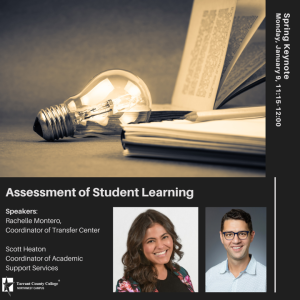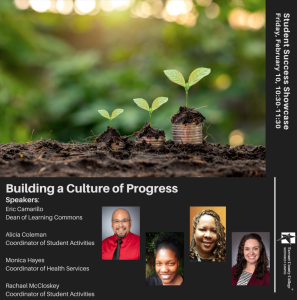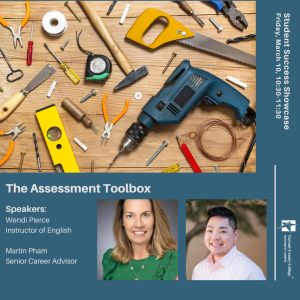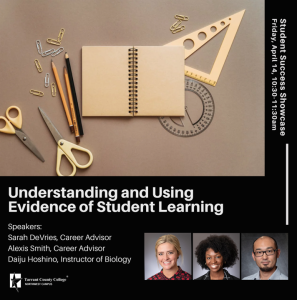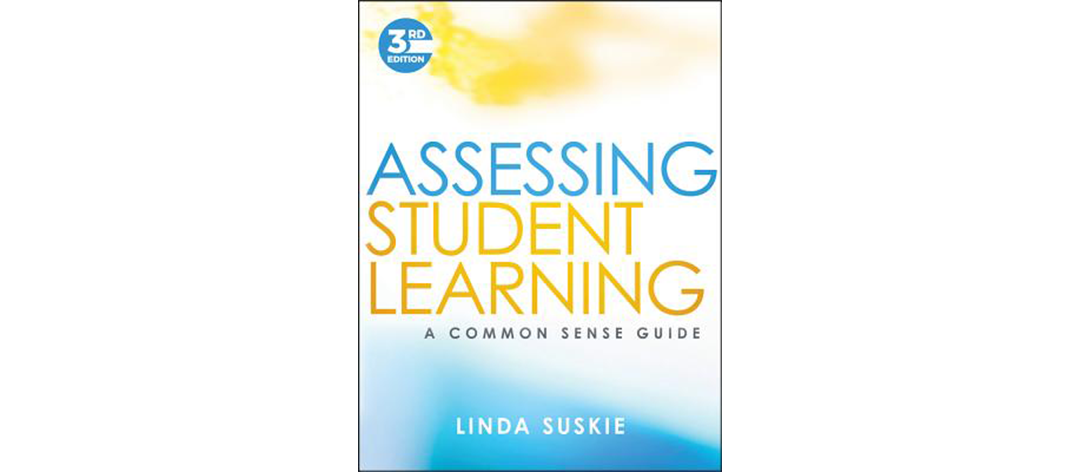Northwest President Zarina Blankenbaker read a book this spring.
So did Daiju Hoshino, Wendy Pierce and Rachel McCloskey and several other Northwest faculty and staff.
So, what’s the big deal? Well, they all read the same book, Assessing Student Learning by Linda Suskie, a widely respected authority on how students learn.
According to Transfer Center Coordinator Rachelle Montero, along with Coordinator of Academic Support Services Scott Heaton, the project was initiated by the Northwest President’s Executive Cabinet to “shift our focus on assessment.”
Blankenbaker, assisted by Vice Presidents Thomas Sosa and Jan Clayton, among others, considered several books before deciding on Suskie’s work. “They wanted to see which book would be best for both academic affairs and student affairs instead of people reading two different books. We wanted to do this together, and so they found this to be the best one to incorporate both,” Montero said.
The project was different for Northwest in that the four scheduled professional development activities for the spring semester dealt with the same topic. “We’ve never programmed them for a block or series. It’s always been different topics that may or may not be related,” said Director of Academic Affairs Ryan Ferguson. “This semester we said, ‘Let’s take these sessions and be really intentional about the topic we’re picking.'”
The four sessions were “The Foundations of Assessment,” “The Culture of Progress,” “The Assessment Toolbox” and “Using Evidence of Student Learning.” Session facilitators came from both the academic and student affairs sides of the house.
“That was the interesting part for me,” Heaton said. “My history is with faculty. This is the first year I’ve been on the staff side of things. So, in terms of understanding where students needed to be in an English classroom — that made complete sense to me. What was enlightening was talking with someone like Rachelle or some of my friends in advising and counseling. What do learning outcomes look like through their departments.”
As with most departures from the norm, the project was viewed by some with skepticism — just another initiative, the latest shiny object. “There was some of that,” Heaton said, “but I feel that we did a pretty decent job with our introductory session of reframing it and helping people understand.”
There was no consensus as to what the best route to student learning is. That wasn’t the point. “The idea was to get the participants focused on the issue and get them thinking about how to do things differently,” Montero said. “Some of us tend to use practices that were from many, many years ago at the start of our careers. Our student population isn’t the population from 10 or even five years ago.”
Early returns indicate that the project resonated with the participants, but will there be a similar undertaking in the fall? “I don’t know,” Montero said. “I think this is the start of the conversation, and it’s going to look different for the next academic year, but the conversation will continue at a campus level where everyone is involved.”
